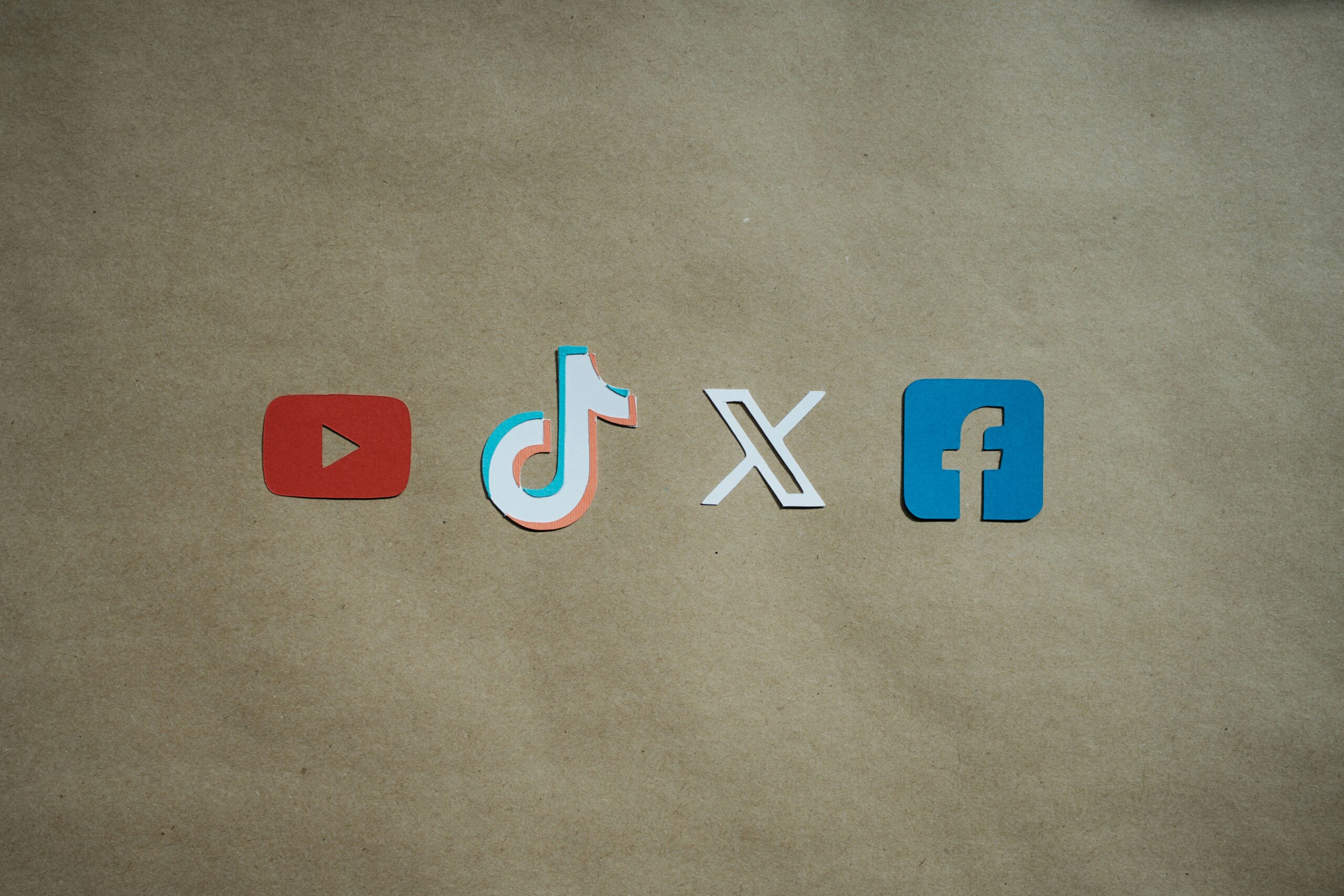Learn how to use pharma sales storytelling and pharmaceutical narrative techniques to connect, convince, and close — all without putting your audience to sleep.
“Our new formulation reduces interleukin-6 by 47% in a murine model” isn’t exactly the kind of thing that gets your sales prospect jumping out of their chair.
Sure, it’s impressive but it won’t beat a good story.
Pharma sales storytelling is the not-so-secret weapon that turns clinical jargon into customer connection.
And the best part? You don’t need to be Hemingway or have a lab coat. You just need to know how to stitch a narrative that sings and sells.
So, let’s break down the art (and a bit of the science) of using pharmaceutical narrative techniques that actually stick.
Once Upon a Time in the Doctor’s Office
In plain English, it’s the art of making your data dance. It means taking clinical studies, patient outcomes, and product benefits and wrapping them in a relatable, emotionally engaging tale. That tale could involve a physician, a patient, or even a fictional character who faces a familiar challenge.
For instance, instead of saying “Our drug reduces LDL-C by 18%,” you might say:
“Meet Raj. At 54, with a family history of heart disease, he didn’t think he was a candidate for a new therapy—until his doctor told him about a new option that quietly worked in the background to reduce his risk. That option? Yours.”
Same data. Just better dressed.
Science Meets Shakespeare (But Make It Ethical)
Pharmaceutical storytelling doesn’t mean spinning fairy tales or sugar-coating facts. Regulatory compliance is queen here. Every story must be medically accurate, on-label, and supported by data.
So, while you can absolutely say that a patient’s quality of life improved after starting your treatment, you can’t imply guaranteed miracles or downplay side effects. It’s about building trust through transparency—while keeping it human.
Show, Don’t Just Tell
Here’s a storytelling golden rule: if you want people to care, make them feel something.
Instead of dropping stats, let your story breathe through real-life scenarios. Consider this pharmaceutical narrative technique:
“Before starting our product, Dr. Kapoor was constantly juggling prescriptions, follow-ups, and patient anxiety. Now? He says the smiles in his waiting room speak louder than any lab value.”
That story highlights physician experience and patient satisfaction without slipping into promo-speak.
And crucially, it paints a picture rather than just handing out bullet points.
Create Characters Your Audience Cares About
Even in pharma, every great story has a hero. Sometimes even two.
Who are they?
- A patient struggling with chronic pain.
- The caregiver navigating the maze of treatment options.
- A physician trying to find time for every complex case.
When you anchor your story to a character, your audience listens longer. They relate more. And more importantly, they remember.
This is exactly what you want when they’re choosing between six different reps and five similar drugs.
Conflict is Key (But Keep It Clinical)
No good story is complete without a problem.
In pharma sales storytelling, the conflict is usually a medical or logistical challenge:
- Patients who abandon treatment due to side effects.
- Physicians overwhelmed by complex dosing schedules.
- Hospitals facing stockouts and patient complaints.
You position your product as the solution,not the magic wand, but the tool that helps the hero win.
The 3-Act Pharma Pitch
To make it even easier, follow this simple framework:
- Act I – The Struggle:
Introduce the problem. Maybe it’s a doctor juggling multiple treatments or a patient frustrated by daily injections (diabetics, post-op ortho patients etc) - Act II – The Search:
Highlight the moment of decision. A new study, a conversation with a colleague, a clinical insight, this is where curiosity sparks. - Act III – The Solution:
Enter your product. Carefully, confidently, compliantly. Show how it made a difference, and what that looked like in real life.
Yes, it’s structured. But creativity lives in structure.
Use the Power of Visuals (When You Can)
Words tell. Pictures show. Together? They convince.
In-person or remote, when you’re allowed, use visual aids—like patient journey infographics or before-and-after graphs—as anchors for your story. Better yet, use a short animated case study.
In combination with other tools mentioned by us earlier, the package of pharma sales becomes truly unbeatable[ https://uspharmamarketing.com/10-effective-sales-enablement-tools-for-biotech/]
Bonus points if it features a physician or patient voiceover. Authenticity is gold.
Practice Your Story Like a TED Talk (But Shorter)
Storytelling isn’t improve, it’s performance.
Rehearse your go-to pharma pitch story. Tweak the pacing. Test where your audience leans in. Adjust if they lean out.
Just remember: no one wants a 12-minute epic tale like LOTR. Two minutes is gold. Three is fine. More than that? You’re in audiobook territory.
Real-Life Example: The Migraine Miracle
For example, you’re selling a migraine therapy.
You could say:
“Our drug reduces monthly migraine days by 6.7 on average.”
Or you could say:
“Priya’s migraines stole three days a week from her. She missed birthdays, client meetings, even her own anniversary dinner. After starting our therapy, she finally made brunch plans—without a backup plan.”
That’s storytelling. That’s connection. That’s conversion.
Check this ad featured page for the smooth wit of promoting migraine tablets [https://www.adsoftheworld.com/campaigns/a-masterpiece-against-headache-and-migrane]
The Verdict: Stories Sell Because People Remember People
Facts tell, but stories sell, and in pharmaceutical sales, they also stick. Whether you’re selling to a seasoned specialist or a skeptical GP, storytelling opens a door that data alone rarely unlocks.
So next time you’re about to pitch, ask yourself:
Are you delivering a detail aid, or are you inviting someone into a narrative?
Because in this industry, the best reps aren’t just armed with studies. They’re armed with stories.












Leave a Reply